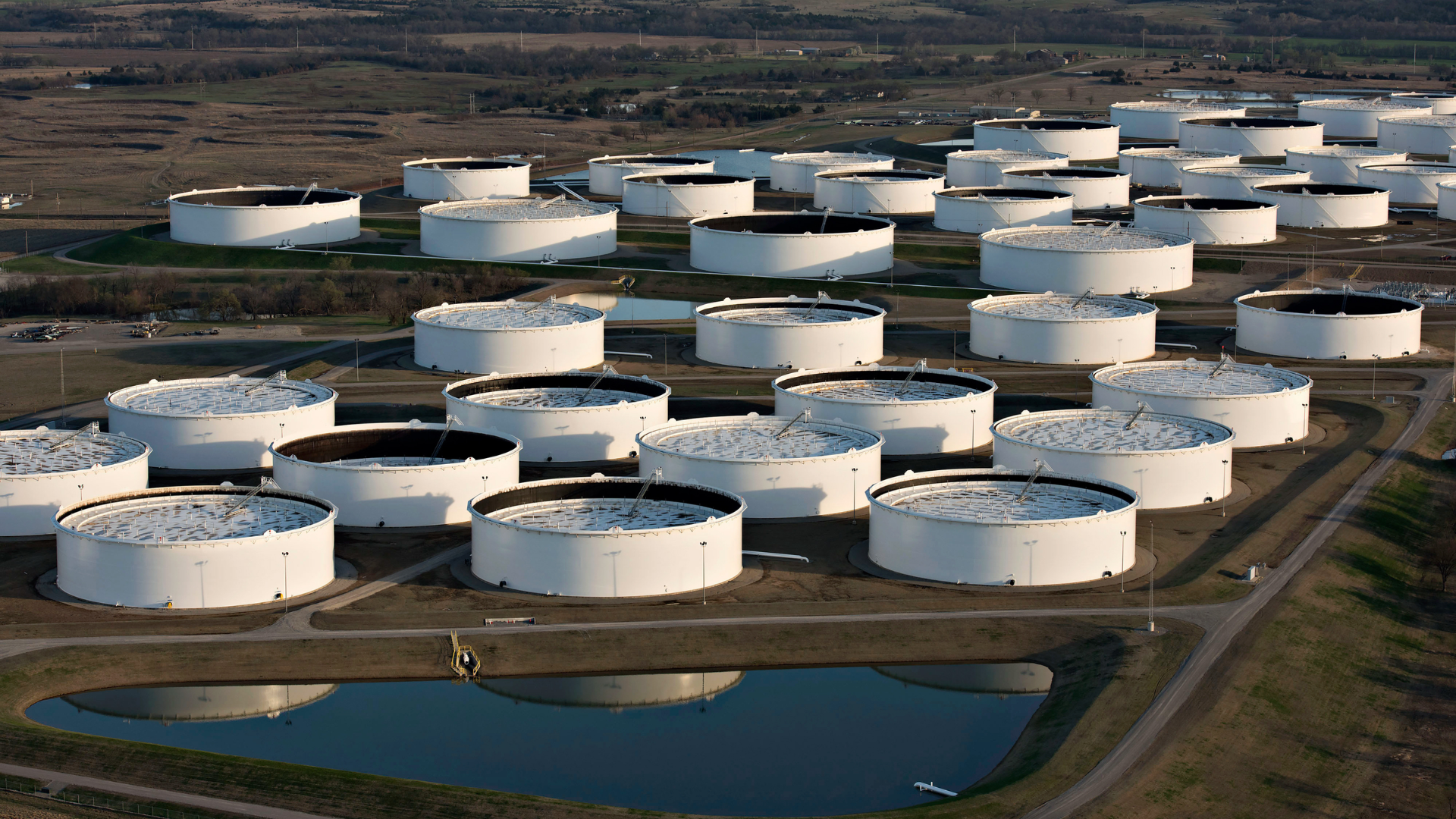
Oil prices saw a modest increase on Thursday as escalating conflict in the Middle East sparked fears of potential supply disruptions, though gains were tempered by signs of abundant global supply and rising U.S. crude inventories. Brent crude futures rose by 0.87% to $74.54 a barrel, while U.S. West Texas Intermediate (WTI) crude advanced 1.03% to $70.82 a barrel, reflecting market unease over growing regional tensions.
The conflict intensified after Iran fired over 180 ballistic missiles at Israel earlier this week, marking a significant escalation that extended hostilities beyond Israel and Palestine into Lebanon. The tension further spiked with an Israeli strike on Beirut’s Bachoura neighborhood, resulting in casualties. These developments have led to investor concerns about broader instability in a key energy-producing region.
However, oil price gains were restrained as the U.S. Energy Information Administration (EIA) reported an unexpected build in crude inventories, which rose by 3.9 million barrels last week, surpassing analysts’ expectations of a 1.3 million-barrel draw. This inventory increase provided some reassurance that the market is well supplied, even as risks of potential disruptions loom. “Swelling U.S. inventories added evidence that the market is well supplied and can withstand any disruptions,” ANZ analysts noted in a report.
Despite the escalating conflict, the lack of immediate disruptions to oil flows and the ample spare capacity held by OPEC have kept market fears in check. According to Jim Simpson, CEO of East Daley Analytics, “After Iran’s attack, prices may stay elevated or remain more volatile for a little longer, but there’s enough production, there’s enough supply in the world.”
While OPEC has sufficient spare capacity to compensate for any short-term supply loss, analysts have warned that the effectively available spare capacity could be significantly impacted if tensions escalate further. UBS analyst Giovanni Staunovo noted, “The effectively available spare capacity might be much lower if renewed attacks on energy infrastructure in the region occur.”
The market remains cautious, balancing the potential for disruption due to escalating violence against current evidence of ample supply and rising U.S. inventories. The complex interplay between geopolitical risks and supply fundamentals continues to dictate the direction of oil prices, with investors keeping a close watch on any signs of escalation in the Middle East that could shift the balance.










